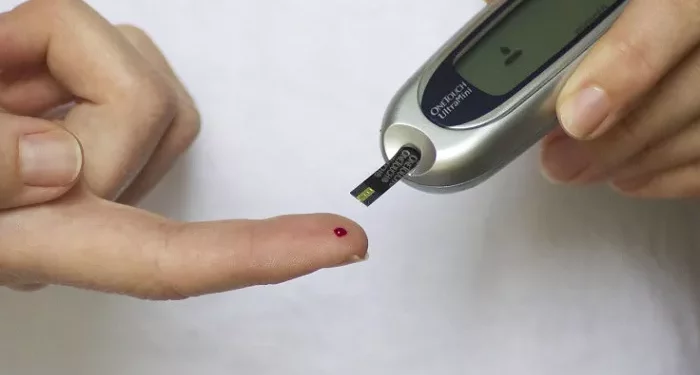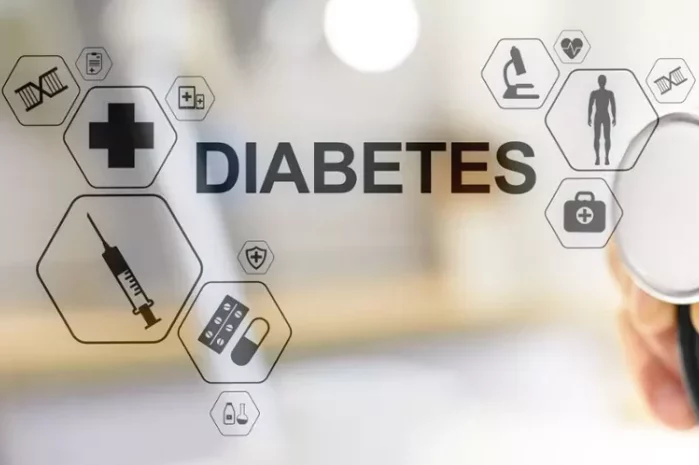Increased Thirst and Frequent Urination
Excessive Thirst (Polydipsia): One of the common early symptoms of type 2 diabetes is an increased sense of thirst. When blood sugar levels rise, the kidneys work to excrete the excess glucose. This process draws more water from the body tissues, leading to dehydration. As a result, the body signals a need for more fluids, causing the individual to feel extremely thirsty. For example, a person may find themselves constantly reaching for a glass of water and consuming much more water than usual throughout the day. This thirst is often unquenchable and persists even after drinking a significant amount of liquid.
Frequent Urination (Polyuria): Linked to increased thirst is the symptom of frequent urination. The kidneys, in an attempt to rid the body of the elevated blood sugar, produce more urine. The excess glucose in the bloodstream acts as an osmotic diuretic, pulling water into the urine and increasing its volume. A person may notice that they have to urinate more often, especially at night. This can disrupt sleep patterns and lead to fatigue during the day. For instance, someone who previously slept through the night without needing to use the bathroom may now have to get up several times, which can be a significant change in their normal urinary habits.
Fatigue and Weakness
Lack of Energy: Type 2 diabetes can cause fatigue and a general feeling of weakness. When cells are unable to effectively take up glucose due to insulin resistance or insufficient insulin, they lack the necessary fuel to function properly. This leads to a decrease in energy production at the cellular level. The body may feel tired even after a normal night’s sleep or minimal physical activity. For example, a person may find it difficult to complete routine tasks such as climbing a flight of stairs or walking a short distance without feeling exhausted. This lack of energy can have a significant impact on a person’s quality of life and daily productivity.
Muscle Weakness: In addition to overall fatigue, muscle weakness can also be an early sign. The inability of the muscles to utilize glucose properly can lead to a decrease in muscle strength. Simple activities like lifting objects or performing basic household chores may become more challenging. This muscle weakness may be more pronounced in the legs and arms over time. For instance, a person may notice that they struggle to carry groceries or perform exercises that they used to do with ease.
Blurred Vision
Effect on the Eyes: High blood sugar levels can affect the lens of the eye. Glucose can enter the lens and cause it to swell, changing its shape and refractive index. This leads to blurred vision. The vision may be hazy or out of focus, making it difficult to read, drive, or perform other tasks that require clear sight. For example, a person may have trouble reading small print or seeing objects clearly at a distance. This symptom may come and go, especially as blood sugar levels fluctuate. However, if left untreated, it can progress and cause more serious eye problems such as diabetic retinopathy.
Temporary Nature: It’s important to note that the blurred vision associated with early type 2 diabetes is often temporary. Once blood sugar levels are brought under control, the lens can return to its normal shape and vision may improve. But this does not mean that the underlying diabetes should be ignored. Even if the vision clears up, it is essential to seek medical attention to address the root cause of the blood sugar imbalance and prevent further eye damage in the long term.
Slow Wound Healing
Impaired Healing Process: Type 2 diabetes can affect the body’s ability to heal wounds. High blood sugar levels can damage blood vessels and nerves, reducing blood flow and nerve function in the extremities and other parts of the body. This means that when a person gets a cut, scrape, or other injury, the normal healing process is slowed down. For example, a small cut on the finger may take longer to scab over and heal compared to a similar injury in a non-diabetic person. The wound may also be more prone to infection due to the compromised immune function associated with diabetes.
Increased Risk of Infection: Because of the delayed healing, there is an increased risk of bacteria infecting the wound. The body’s immune system may not be able to effectively fight off the infection in the presence of high blood sugar. This can lead to more serious complications such as cellulitis (a skin infection) or even the development of ulcers. For instance, a minor foot injury that does not heal properly can progress to a diabetic foot ulcer, which can be extremely difficult to treat and may even require amputation in severe cases.
Tingling or Numbness in Extremities
Peripheral Neuropathy: Tingling or numbness in the hands and feet is often an early indication of peripheral neuropathy, a common complication of type 2 diabetes. High blood sugar levels can damage the small blood vessels that supply the nerves in the extremities. This lack of proper blood flow and nerve damage leads to abnormal sensations. A person may feel a pins-and-needles sensation, like their feet or hands are “falling asleep.” They may also experience a loss of sensation, making it difficult to feel temperature, pain, or touch accurately. For example, a person may not notice if they step on a small object or if their hands are in contact with a hot surface, increasing the risk of injury.
Progression and Impact: If left untreated, the tingling and numbness can progress and spread further up the limbs. This can affect a person’s balance and coordination, making them more prone to falls. It can also lead to muscle weakness in the extremities as the nerves that control muscle movement are affected. Over time, peripheral neuropathy can significantly impact a person’s mobility and quality of life, causing pain and discomfort and limiting their ability to perform daily activities.
Unexplained Weight Loss
Insulin Resistance and Metabolism: In some cases of early type 2 diabetes, unexplained weight loss can occur. Despite eating a normal or even increased amount of food, the body may not be able to properly utilize the calories due to insulin resistance. The cells are unable to take up glucose effectively, so the body starts to break down fat and muscle for energy. This leads to a gradual loss of body weight. For example, a person may notice that their clothes are becoming looser over time without any intentional effort to lose weight. This weight loss can be a sign of underlying metabolic dysfunction and should be investigated further.
Potential Complications: Unexplained weight loss can also have other associated complications. It can lead to a decrease in muscle mass, which further impairs the body’s ability to burn calories and regulate blood sugar. Additionally, it may cause nutritional deficiencies as the body is not getting the proper nutrients from the food consumed. This can affect overall health and make the person more susceptible to other diseases and infections.
Conclusion
Related topics


























